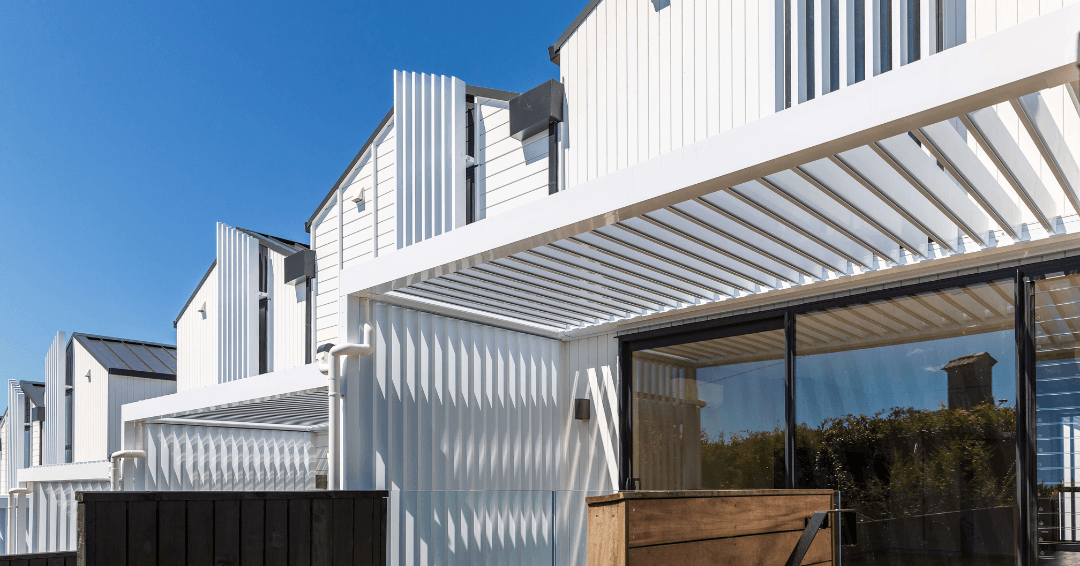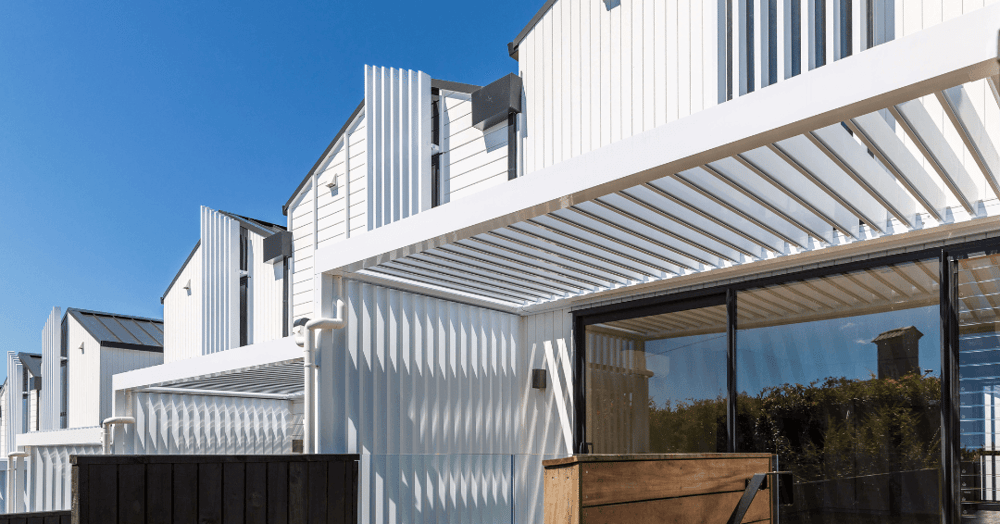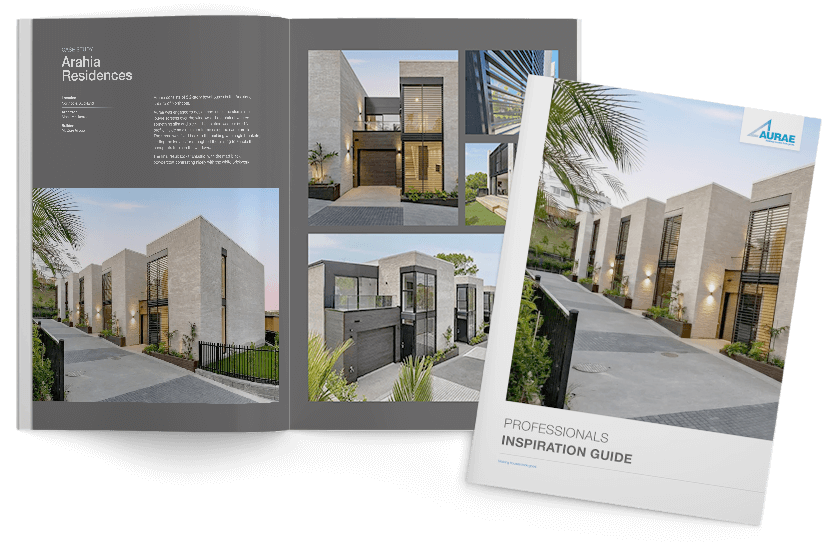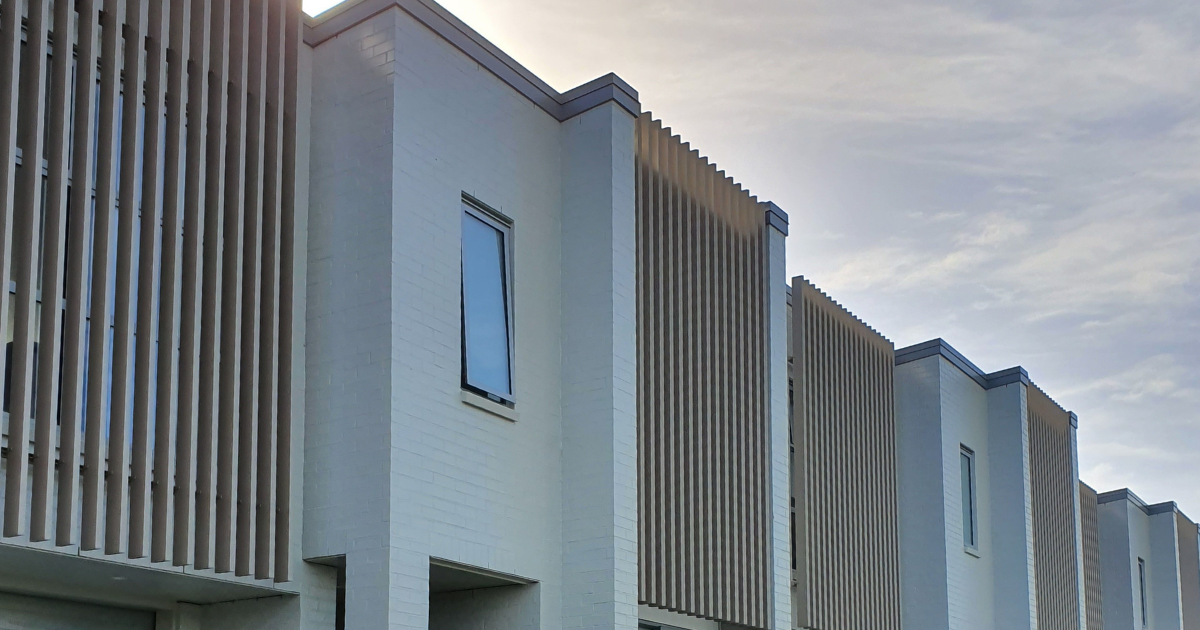How long does a producer statement (PS1) take?

When embarking on a construction project, obtaining a Producer Statement (PS1) is an essential step to ensure compliance with building regulations and standards. However, it is important to understand the time it takes to obtain a PS1 certificate and factor it into your project timeline.
In this blog post, we will delve into the process of obtaining a PS1, discuss the various steps involved, and provide insights into the average timeframe required.

If you are designing or planning a building project with louvres, an opening louvre roof, an entrance canopy, window shrouds, or any other proprietary exterior products, you’ll find everything you need to know about PS1s below.
What is a producer statement and why do you need it?
Issued by a qualified engineer or producer, a Producer Statement states that a particular element of a construction project complies with regulations and standards. Having a producer statement is often a prerequisite for gaining council approval and ensures that the project proceeds smoothly.
A producer statement documents the professional opinion of a specialist or expert. It is based on sound judgment and industry expertise but is not a product warranty or guarantee of compliance.
The purpose of the producer statement system is to streamline the process for Building Consent Authorities (BCAs) by eliminating the need for redundant design and construction checks. It aims to provide BCAs with sufficient evidence to issue a Building Consent or a Code Compliance Certificate based on the reasonable grounds established by others.
While producer statements are well-established and widely used in New Zealand, they have no particular status under the Building Act 2004. They are simply used as a source of information for the council to determine whether or not the proposed building work complies with the Building Code.
Producer statements are typically used for specialist work, such as engineering, or where there is a proprietary product that is installed by appointed contractors. Since aspects of this work may be outside the council’s expertise, a producer statement can assist the council when they are determining whether the building work complies with the Building Code.
When deciding whether to accept a producer statement, the council will first assess the credentials of the author to ensure that they have the appropriate experience and competence in their particular field of expertise.
Types of producer statements
There are currently four types of producer statements in use across New Zealand. They are known as:
- PS 1 – Design
- PS 2 – Design review
- PS 3 – Construction
- PS 4 – Construction review.
During the building consent process, the council will clarify when they expect to receive your producer statements. This article focuses on obtaining a PS1 for design.
How to obtain a PS1
On average, it will take 5 weeks to produce a PS1 so it needs to be factored into the project timeline.
If you work with our team here at Aurae, the steps are as follows:
- The architect supplies the necessary drawings for the project.
- Aurae sends a Design Review Form to the relevant authority for evaluation.
- Once the Design Review Form has been signed, Aurae completes the initial design drawings.
- If required, any updates/changes are made, and subject to the architect's approval, the drawings are sent to the engineer.
- The engineer calculates all loads and specifies fixing types and sizes as required for the products to satisfy Clause B1 of the NZBC.
- The engineer completes the review process and issues the PS1 certificate.
Timeline and considerations for PS1
The average time required to obtain a PS1 certificate is five weeks. During that time, the architect will supply initial drawings for the desired elements like the opening louvre roof, entrance canopy, and window shrouds. Simultaneously, a Design Review Form will be submitted.
Typically, depending on design complexity, shop drawings take around 1 to 2 weeks, and the engineering takes 2 to 3 weeks.
However, it is important to note that this can vary depending on various factors, such as project complexity and the efficiency of communication and coordination between all parties involved.
To prevent delays, it is recommended that you reach out early in the process to obtain the PS1. To ensure a smooth compliance process, it is crucial to maintain early communication and coordination with the architect, engineer, and relevant authorities.
Note that the PS1 has a timeline clause of 12 months from the design review form's completion, after which additional charges may apply.
What is the Design Review Form, and what are the cost considerations for a PS1
It is vital to remember the financial implications involved in the PS1 process. The engineering is the main cause of costs, with the engineer typically charging by the hour, so larger projects will have a higher cost.
Because it is preferred by developers to minimise the costs incurred at this early stage of the project, we have created a Design Review Form. This form is required to be signed before the process starts. The form states that, because the engineering comes at a cost, we will be reimbursed for these costs in the event that we don’t end up doing the items for whatever reason, whether it be that the project gets put on hold/cancelled, or the items are removed off the project, or another company supplies the items. Nothing is payable upfront, and we don’t charge the amount that is stated on the Design Review Form if we do end up getting a contract for the items during construction.
How can I speed up the process of getting a PS1?
There are several factors within your control that can help trim the timeline for generating a PS1. This includes:
- Ensuring all paperwork is prepared and shared on time.
- Minimising changes and delays.
- Remaining in contact with the supplier.
At Aurae, we appreciate that speed is of the essence. In light of this, we have several generic PS1s for several popular products, including the opening louvre roof, window shrouds, and canopies. If your project is on a tight timeframe, you may wish to opt to use the generic PS1 for these items, subject to the complexity of the project.
If you want more advice on streamlining your project, the Aurae team can help. Our products are designed for New Zealand conditions and standards, ensuring compliance is quick and easy.
Contact us today or browse the range on our website.

Looking for louvre inspiration for a current or future project? Our inspiration guide is the perfect starting point.
DOWNLOAD HERE


